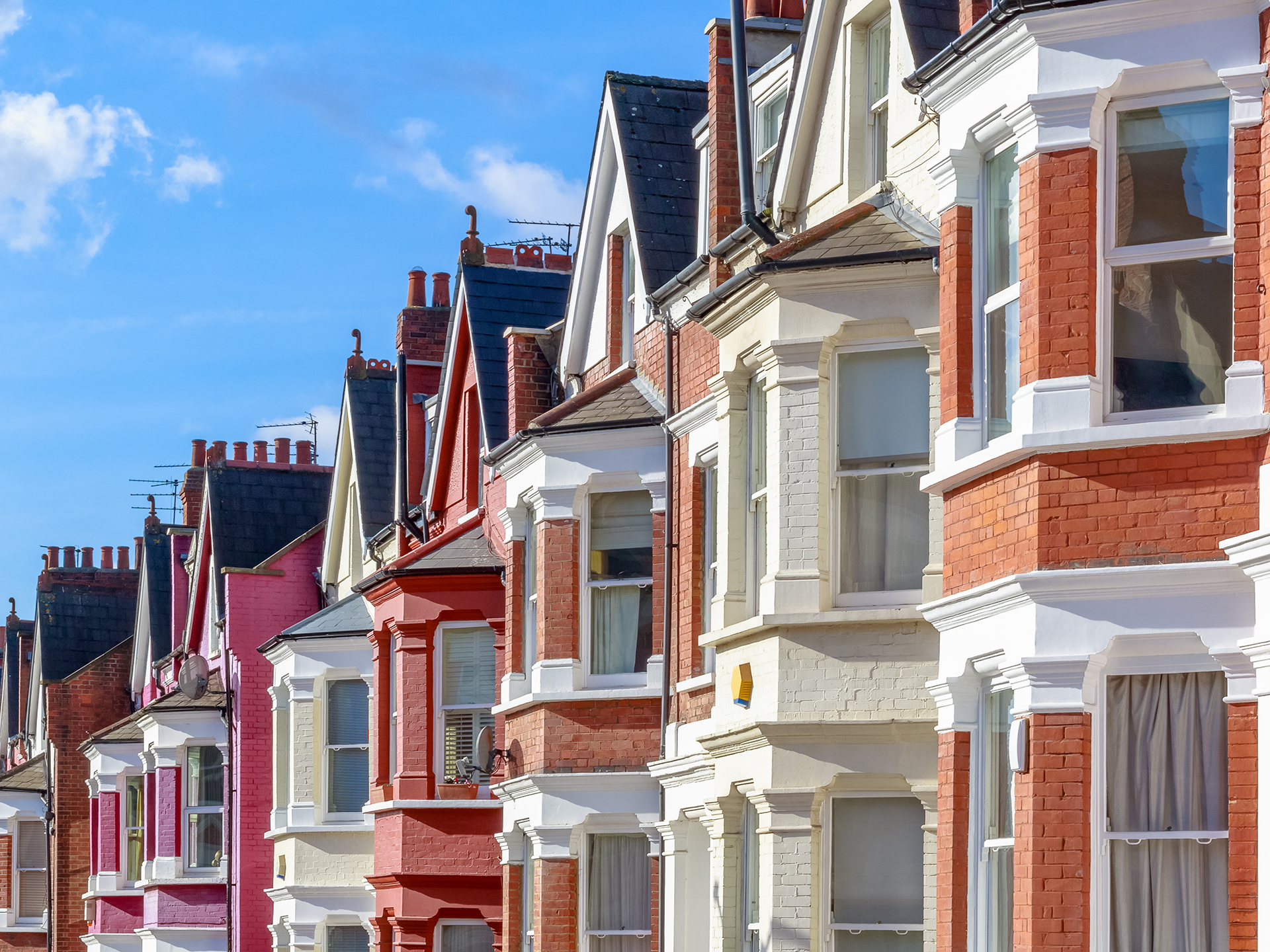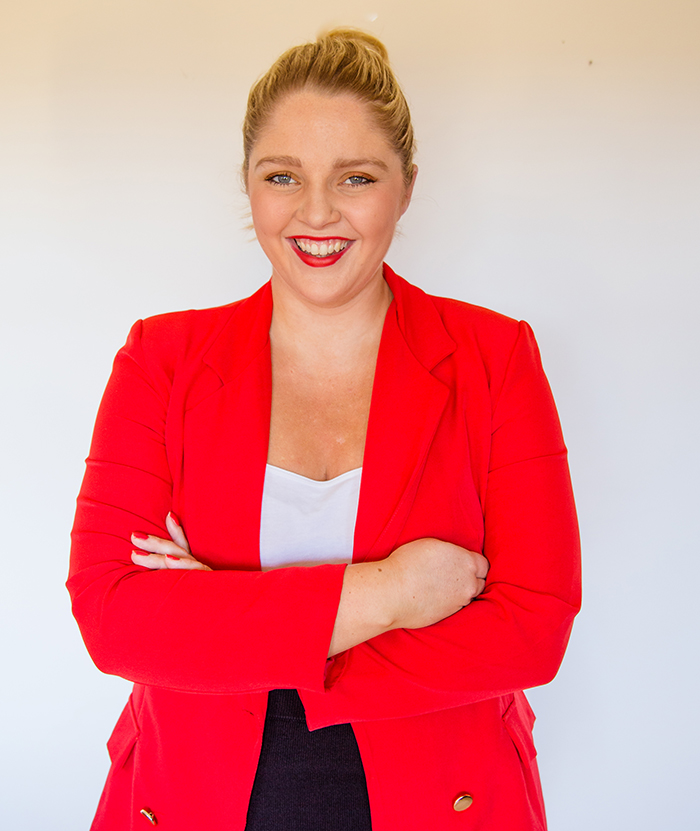
Image credit: I-Wei Huang
5 interior design mistakes that can hurt your home sale – and how to avoid them
Selling your home isn’t just about putting it on the market – it’s about making sure it stands out, attracts the right buyers, and sells for the best possible price.
As a property stager, I’ve seen homeowners unknowingly make choices that delay their sale or cost them thousands, which could mean the difference between being able to afford their dream home or now.
Here are five mistakes to avoid, with expert advice on how to get it right.
Interiors expert Liv Conlon runs ThePropertyStagers.co.uk, staging 400 homes across the UK every year, and StagerBoss, teaching women how to launch their own property staging brand.

Going OTT with personal style
It’s your home; it’s going to be filled with your favourite designs, memorabilia, knick-knacks and photos, which is great – you want to feel at home.
But one of the most common mistakes I see sellers make is not realising that viewers want to visualise themselves living in the property – not you!
The reality is, most buyers struggle to see past what’s in front of them.
So, if your living room is filled with crafts created by the kids, unusual furniture arrangements, a statement wallpaper you fell in love with, and a clutter of photo frames, it can make it difficult for buyers to imagine themselves living there.
Even though a buyer will know they can change things, the emotional connection that triggers an offer is often missing.
Remember, buyers are not just purchasing a house; they’re buying a lifestyle. If they can’t see themselves in the property, they’ll move on to another.
Before selling your home, if it’s overly personalised, consider going neutral for the sale.
This palette – off-whites, greys, muted greens – appeals to a wider audience. It also provides a visually blank canvas for prospective buyers to imagine making their own stamp, while still feeling inviting.
Think of high-end hotels or well-styled show homes – they feel luxurious but relatable.
Neglecting curb appeal
Always bear in mind – a viewer is judging your home from the moment they set eyes on it – and the exterior of your property should always look welcoming; especially when you’re selling it.
Creating a good first impression will go a long way to getting a second viewing – or bumping up those offers. Dirty windows, a sun-bleached front door, a neglected lawn and dead flowerbeds don’t exactly scream ‘buy me’.
While you don’t need to go to the extent of calling in landscapers, having a tidy up with a bit of DIY and budget buys will go a long way.
If your home has a flat frontage, it can seem cold, so layer it with textures to soften in such as structured greenery – think bay or olive trees – near the entrance.
And use warm lighting – either warm-toned lanterns or subtle uplighting.
There are also quick fixes, such as tidying the edges of your lawn, planting new plants, flowers or shrubs in your flowerbeds, and if your fence is falling down or an outside wall is crumbling, see if you can do a DIY repair or get someone in to fix it – the effect will be worth it.
Forgetting about ‘invisible’ first impressions
Nailing your curb appeal is vital.
But there’s another important factor when it comes to creating a lasting impact for the right reasons – invisible first impressions.
This is how your house smells, as well as the temperature in the rooms and the noise levels.
Buyers make subconscious judgments based on their senses – if your house is too cold, smells of pets or lets in the sound of the cars on the road outside, it can put them off before they even get to the kitchen.
Before any potential buyers walks into your home, do a maintenance check.
Air out your home, make sure bins are emptied, and avoid overpowering artificial scents as this can seem like you’re covering something up.
The dream is the smell of freshly baked bread or crisp linen, but if that’s not achievable, give the rooms a good airing.
Temperature wise, if it’s winter, put the heating on just enough to make it cosy – not to leave viewers sweltering.
In summer, keep things cool and airy.
If you live by a noisy road, do all you can to reduce this – keep windows closed, invest in some shutters, and play some background music.
Ignoring the small repairs
No home is going to be perfect, but repairing any minor maintenance issues will work in your favour as a seller.
I’ve been into homes with stiff door handles, as well as dripping taps, chipped paintwork, scuffed skirting boards and loose floorboards.
It gives off the vibe that the property hasn’t been well cared for, which can make buyers worry about the problems they’re not able to see.
The slightly wobbly bannister that you’re used to in your own home, will be a red flag to buyers as a potential safety issue.
As a tip, try walking through your home as though you’re a buyer seeing it for the first time – or have someone else do this for you.
Then, make a list of all the minor fixes that need to be made, from blown lightbulbs and peeling wallpaper, to cracked tiles.
And in the run-up to putting your home on the market, make a plan to get these issues fixed.
Staging only the ‘big’ rooms
It’s tempting to put all our efforts into making sure the key rooms in the home – kitchen, living room, master bedroom – are all-singing when it comes to staging a property for sale, but neglecting other areas of the house can be a missed opportunity.
Remember, buyers are buying into a lifestyle; they want to imagine the benefits of every room in the house – don’t discard your small box bedroom because it’s become a dumping group.
Viewers will be envisaging how they can maximise every inch of space – from offices and playrooms, to spare bedrooms.
So help them along by staging it as such.
Clear out any cluttered understair cupboards and present it with small baskets as a storage area.
All rooms should be staged with intention, rather than allowing the buyer to do the hard work.
Interiors expert Liv Conlon runs ThePropertyStagers.co.uk, staging 400 homes across the UK every year, and StagerBoss, teaching women how to launch their own property staging brand.
READ MORE:





